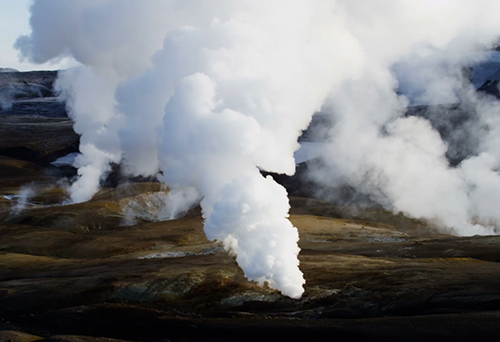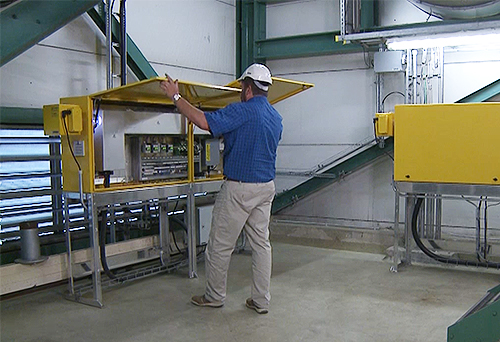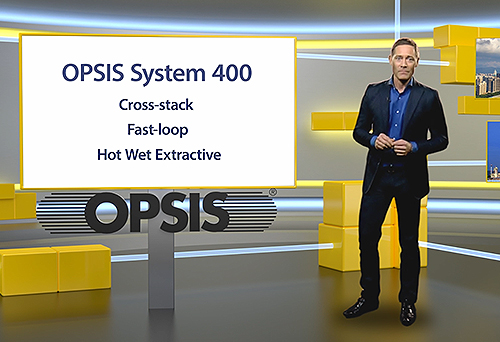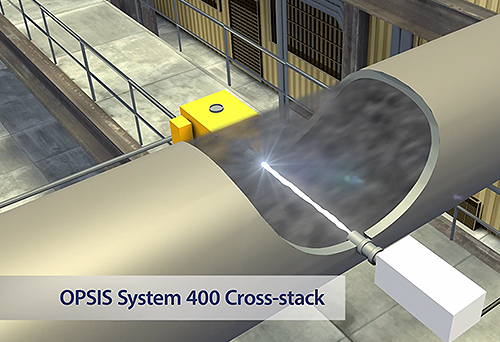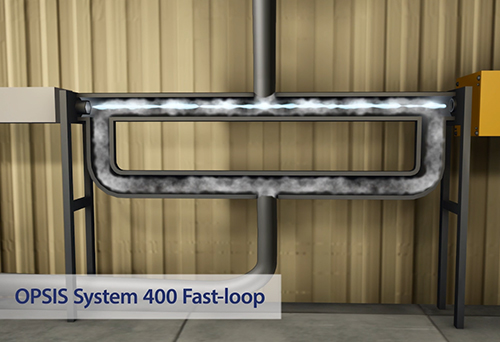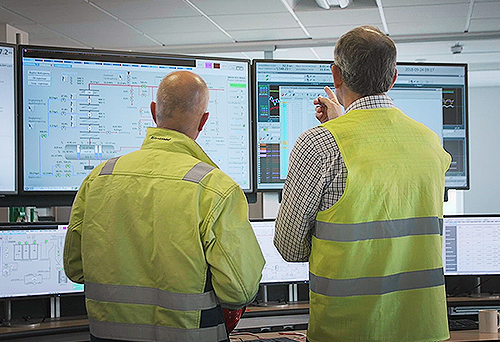Emissions monitoring of malodorous sulfur compounds
Various types of sulfur compounds often arise during the production of paper pulp. There are emission limits and monitoring requirements, often expressed as total reduced sulfur, TRS. TRS includes hydrogen sulfide, H2S, and the sulfur compounds methyl mercaptan, dimethyl sulfide, and dimethyl disulfide. OPSIS offers systems to monitor both H2S and TRS.
ONE SYSTEM CAN MONITOR SEVERAL COMPONENTS
Sulfur compounds such as H2S and the other components that are included in TRS are formed when the liquor in the pulping process reacts with organic material. High concentrations can occur inside the process but during normal operation such vapours are collected and led to the recovery boiler where they are burned and the sulfur in the form of sulfur dioxide can be captured in flue gas scrubbers. To check that the combustion is efficient and to protect the environment against smelly TRS, there are emission limits and requirements for continuous monitoring of the gas concentrations released into the ambient air. The proven and reliable OPSIS system solutions are excellent for continuous monitoring of both H2S and TRS emissions.
A measurement system from OPSIS that measures H2S and/or TRS can easily be supplemented to measure other types of pollutants. This provides a cost-effective and easy-to-maintain system for all emissions monitoring. OPSIS also offers systems for controlling the treatment of the raw gas. More about this can be found on the flue gas treatment page.
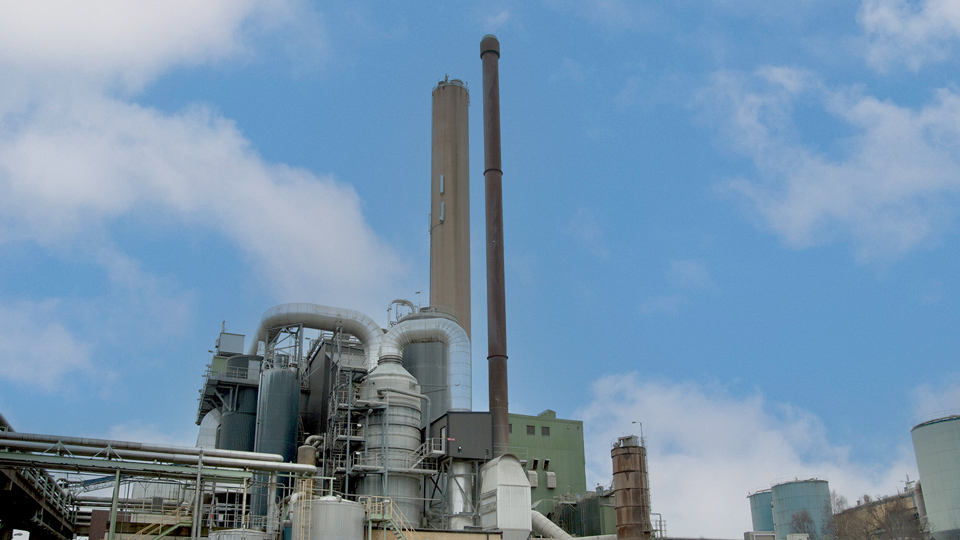
MONITORING SYSTEMS FOR SULFUR COMPOUNDS
The OPSIS monitoring systems are based on gas analysers that have short response times, are accurate, and require minimal maintenance. The monitoring takes place contact-free along light beams where gas molecules can absorb parts of the light. During process and emissions monitoring of TRS and/or H2S, part of the process gas is led via converters into measurement cells through which the light is sent. The light is captured and led via optical fibres to the analyser which measures the absorption and calculates the gas concentrations.
A single analyser can measure several types of gases in several gas ducts. This gives a very cost-effective monitoring system. In addition to monitor the levels of TRS and/or H2S, the concentrations of many other gases can be monitored, for example NO, NO2, SO2, NH3, and Hg.
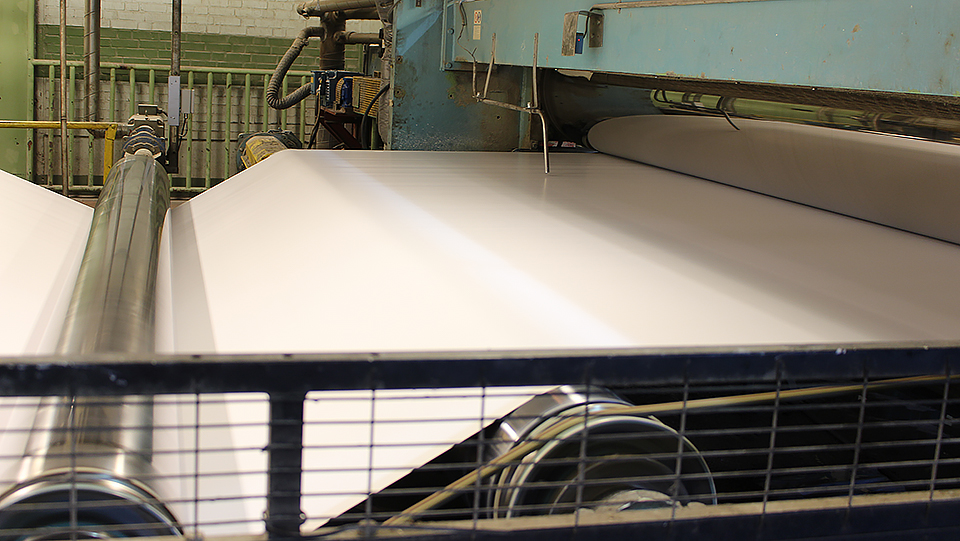
GAS ANALYSIS WITH OPSIS
There are multiple reasons for choosing OPSIS as supplier of systems for gas analysis. Among the key benefits of the methods and solutions offered by OPSIS are:
- patented method for H2S monitoring at low levels
- one system for all components
- a single system can measure at several monitoring points
- combines the benefits of the UV-DOAS, FTIR-DOAS, and TDL techniques
- best performance according to QAL1 certification
- longest calibration interval according to QAL1 certification
- optional automatic QAL3 control
- non-contact monitoring, no sampling
- long maintenance interval
- low energy consumption
- gas calibration only once a year
- thousands of systems installed worldwide
- certified by, among others, German TÜV and under British MCERTS standards.

